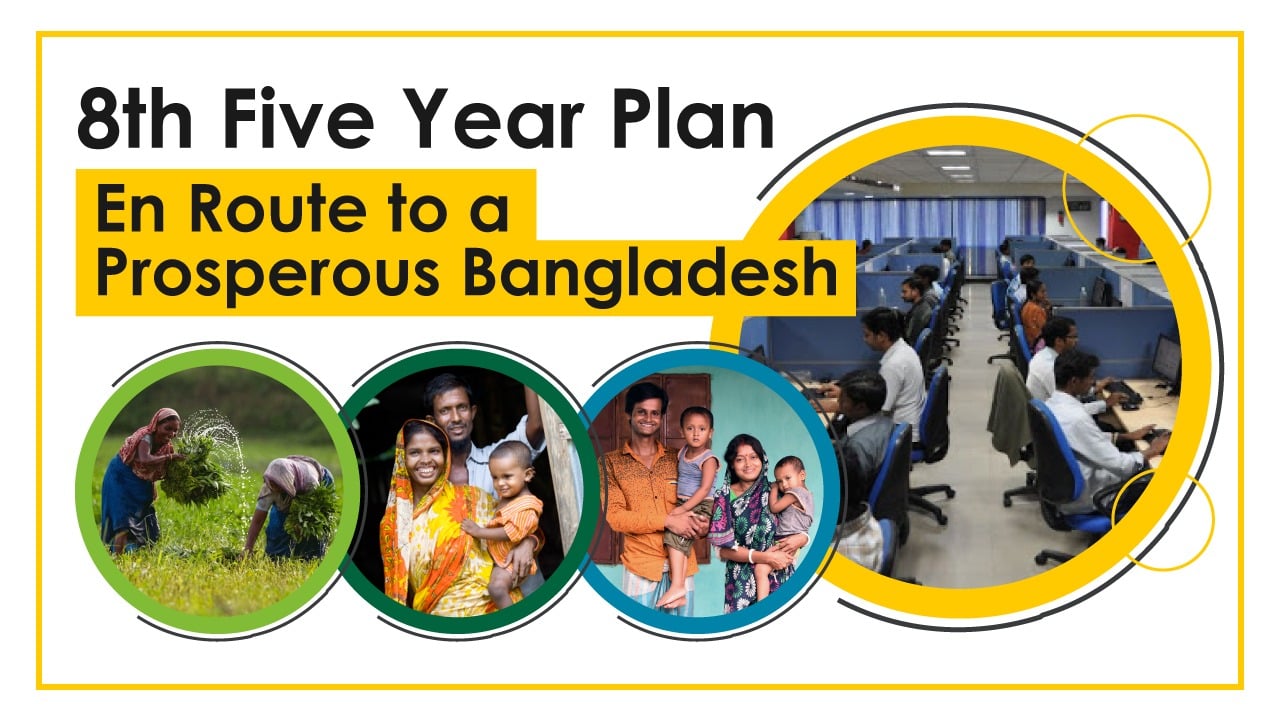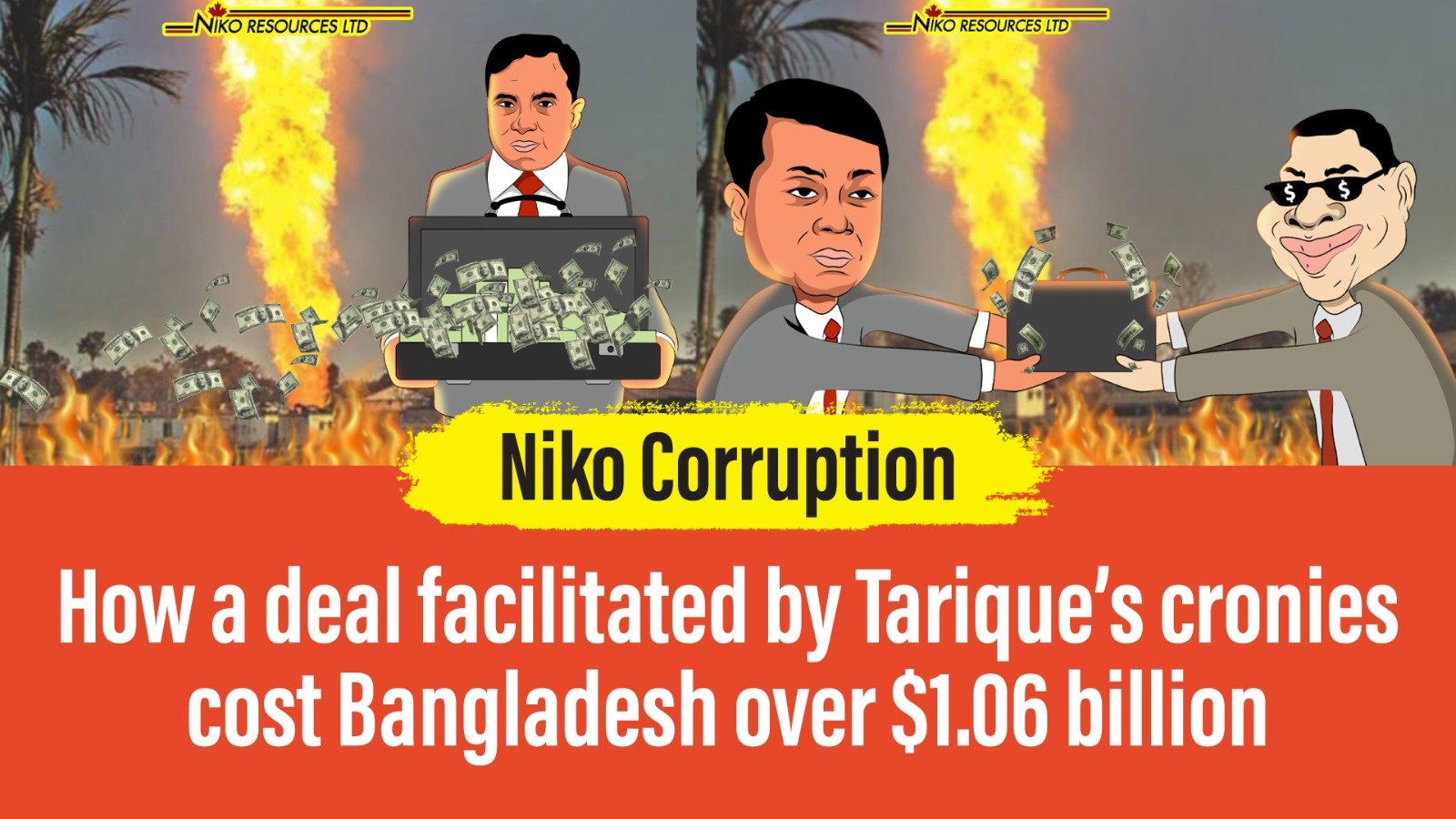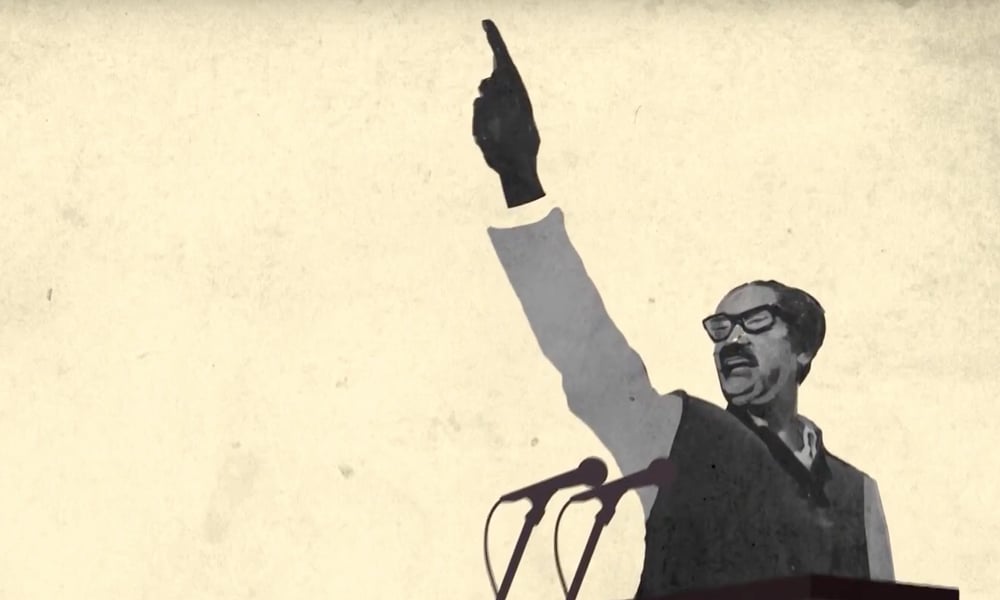951
Published on June 5, 2014In his 160-page budget speech, the bureaucrat turned politician also gave investors a 'signal' that the government of Prime Minister Sheikh Hasina is adamant and sincere regarding maintaining political stability to ensure a congenial atmosphere for investors.
Prime Minister Sheikh Hasina, leader of the opposition Rawshan Ershad, Jatiya Party Chief HM Ershad and cabinet members were present when Muhith placed the first budget of Awami League government that returned to power for a second consecutive term after its victory in January 5 polls under the leadership of Sheikh Hasina who mooted a vision of achieving a middle income country status by 2021.
According to the fiscal documents, the size of the budget for the fiscal year 2014-15 is Tk 34,284 crore or 15.86 percent higher than the current fiscal year's revised budget of Tk 2,16,222 crore.
The allocation for non-development and other expenditure has been estimated at Tk 1 lakh 70 thousand 191 crore. Expenditure for Annual Development Plan (ADP) has been estimated at Tk 80 thousand 315 crore, up by 18 percent or Tk 15,315 crore from the revised budget of the current fiscal of Tk 60,000 crore.
The finance minister said the general inflation will be hovering around 7 percent by June 2014 and will come down further at the end of the FY15.
"We'll create investment-friendly environment and continue essential institutional reforms . . . effective measures will be taken to reduce interest rates with a view to increasing private sector credit flows that will eventually enhance investment," said the optimistic finance minister in his budget speech styled "Progress Uninterrupted: A Promising Future Beckons Bangladesh".
According to the proposed budget, the revenue receipts for FY15 has been estimated at Tk 1 lakh 82 thousand 954 crore, of which Tk 1 lakh 49 thousand 720 crore will come from NBR while Tk 5 thousand 572 crore from Non-NBR sources
In addition, Tk 27 thousand 662 crore will be collected as Non Tax Revenue (NTR).
Overall budget deficit will be Tk 67 thousand 552 crore, which is 5 percent of the GDP. Of this amount, Tk 24 thousand 275 crore will be financed from external sources and Tk 43 thousand 277 crore from domestic sources.
Of the domestic financing, Tk 31 thousand 221 crore will come from the banking system and Tk 12 thousand 56 crore from savings certificates and other non-banking sources.
The finance minister said the overall budget deficit will be Tk 67 thousand 552 crore, which is 5 percent of GDP. Of this amount, Tk 24 thousand 275 crore will be mobilized from external sources and Tk 43 thousand 277 crore from domestic sources.
Of the domestic financing, Tk 31 thousand 221 crore will come from the banking system and Tk 12 thousand 56 crore from savings certificates and other non-banking sources, he added.
In the ADP for FY 2014-15, human resource sector-education, health, and other related sectors-will receive 24.3 percent, overall agricultural sector (agriculture, rural development and rural institutions, water resources and other related sectors) 25.8 percent, power and energy sector 14.3 percent, communication (road, railway, bridges, and other related sectors) 23.3 percent and other sectors 12.25 percent of total allocation.
The government's policy is to enhance public expenditure in the next five years and to this end domestic resource mobilization has to be scaled up, he said, adding that the target over the next 5-years would be to augment resource mobilization to 17 percent from existing 13.3 percent and to increase the size of the budget to 22 percent of GDP.
Over the past five years, revenue collection has increased from 10.7 percent to 13.3 percent of GDP. The target over the next 5-year period would be to augment resource mobilization to 17 percent and increase the size of the budget to 22 percent of GDP from the existing 18.7 percent.
About growth target and strategy, the finance minister said in the light of the 'Vision 2021' the government wants to transform Bangladesh into a middle income country by 2021 and for fulfilling this target, the country needs to achieve 10 percent growth in 2021.
Terming the scarcity of land as a major impediment to the development of industrial sector, the finance minister has proposed to keep a special allocation in the budget for land acquisition for large projects.
A number of measures including stimulus packages will be taken for readymade garments, pharmaceuticals, ship-building, leather, and IT sectors to add further momentum to the export sector.
"Besides, steps will be taken for product and market diversification in the export sector," he said, adding that the government will continue to provide incentives for agricultural sector and take initiative to increase production of milk, meat and egg.














